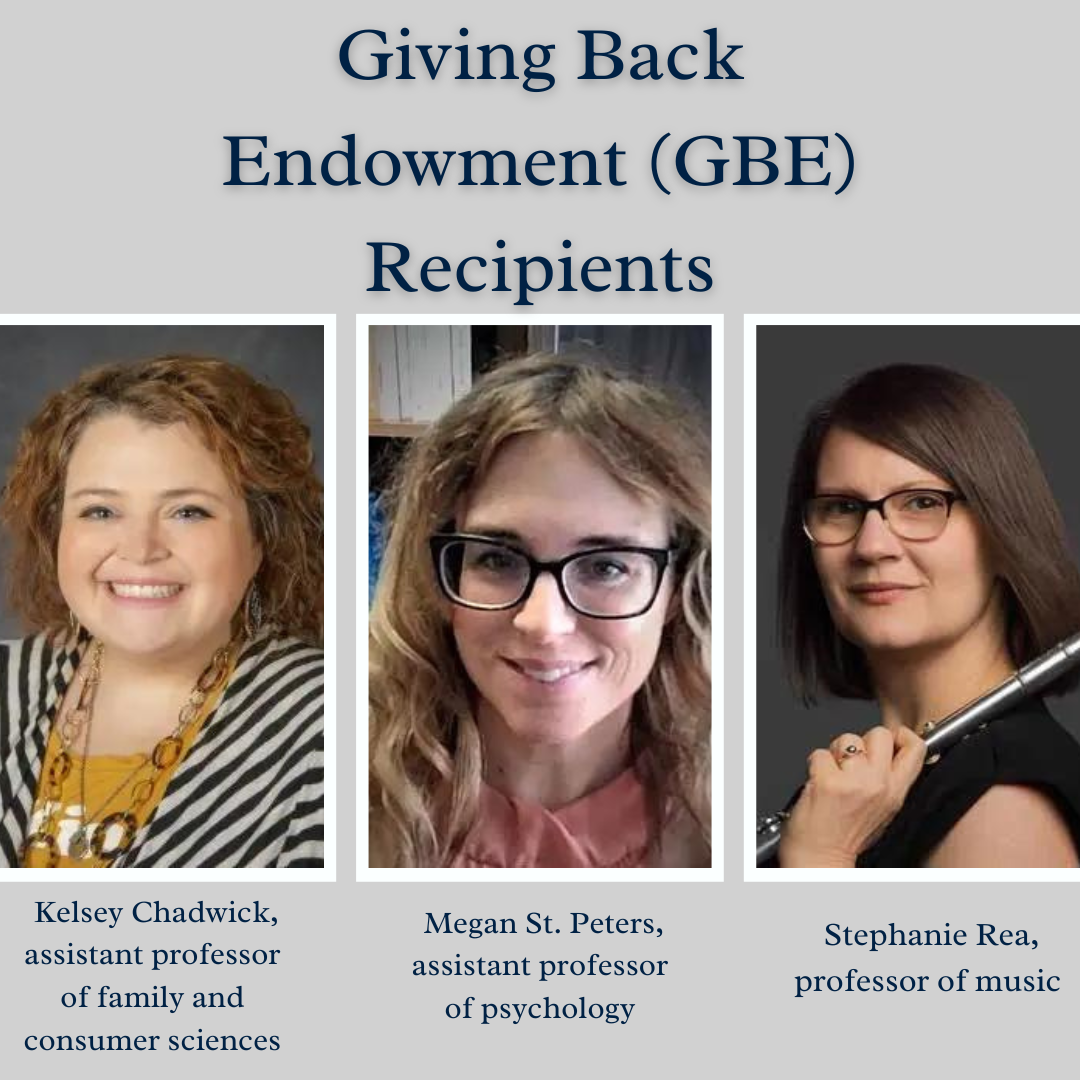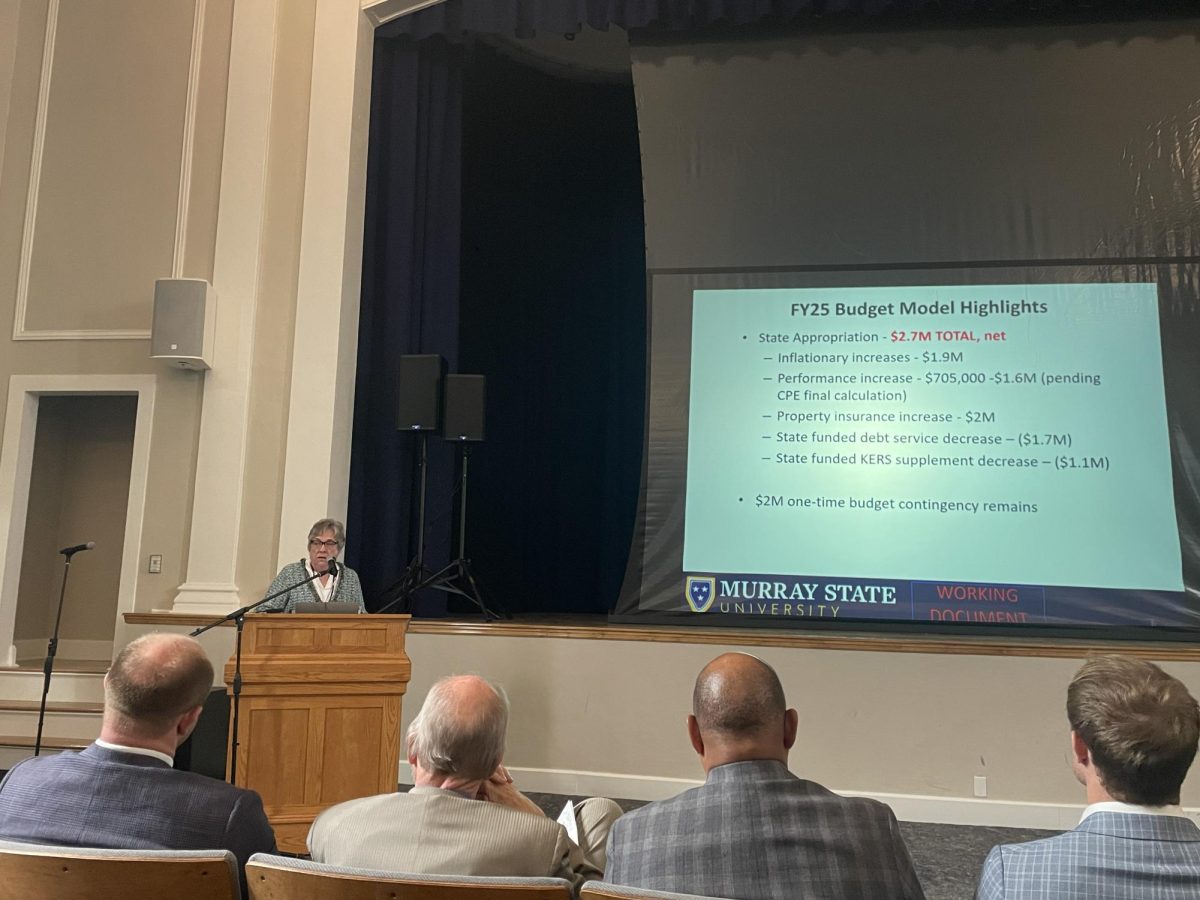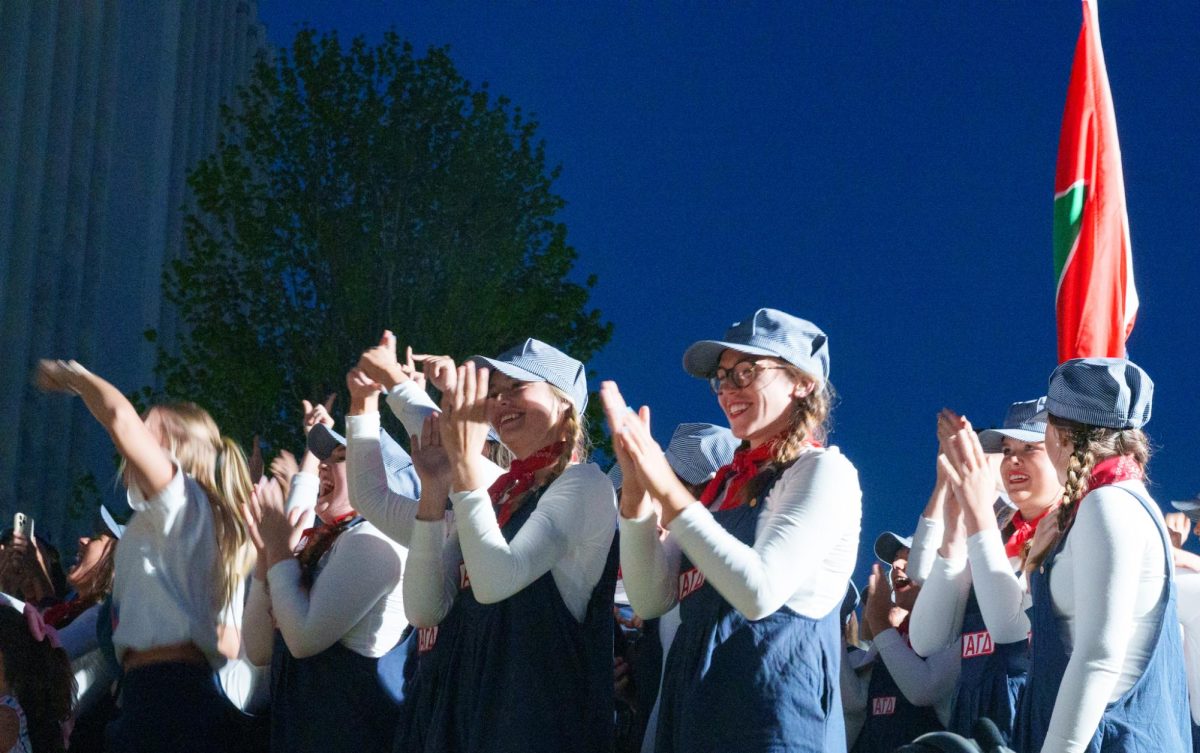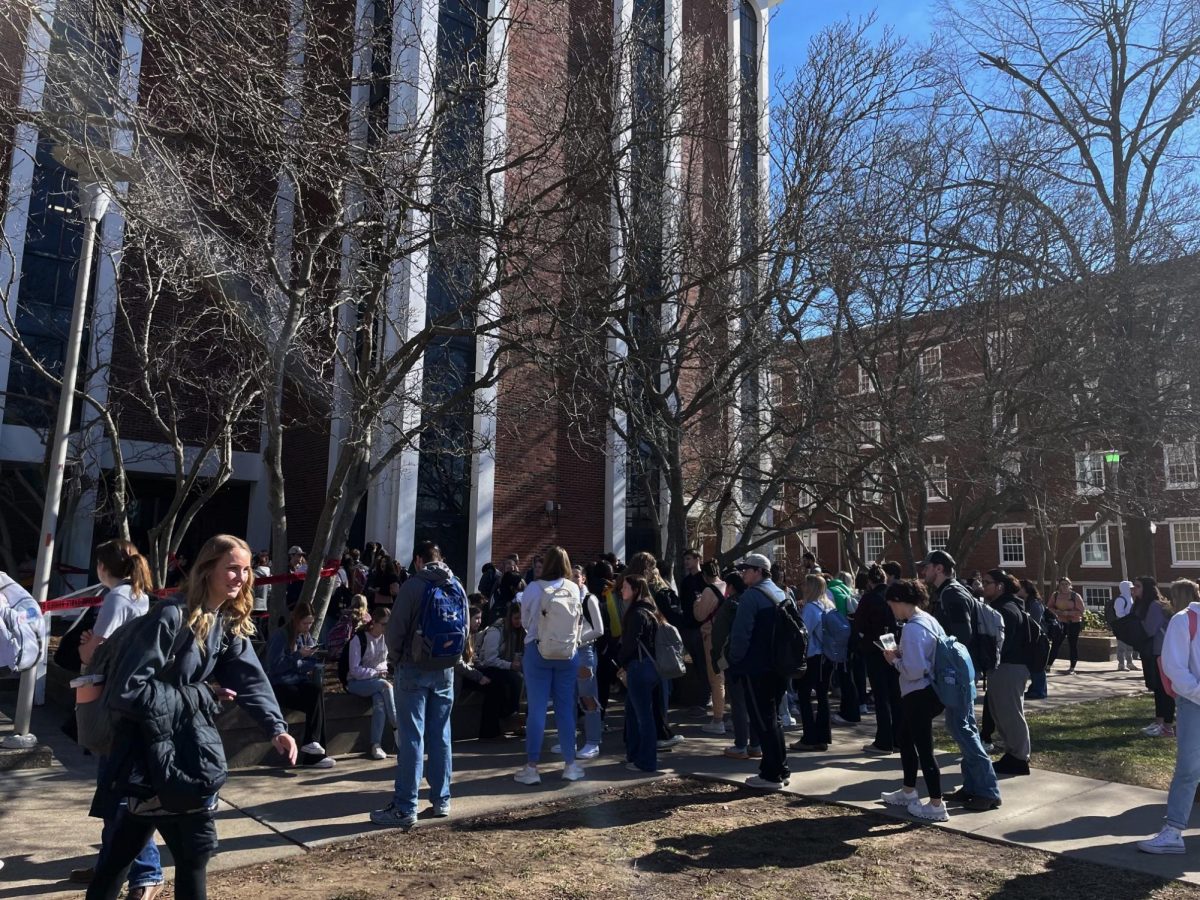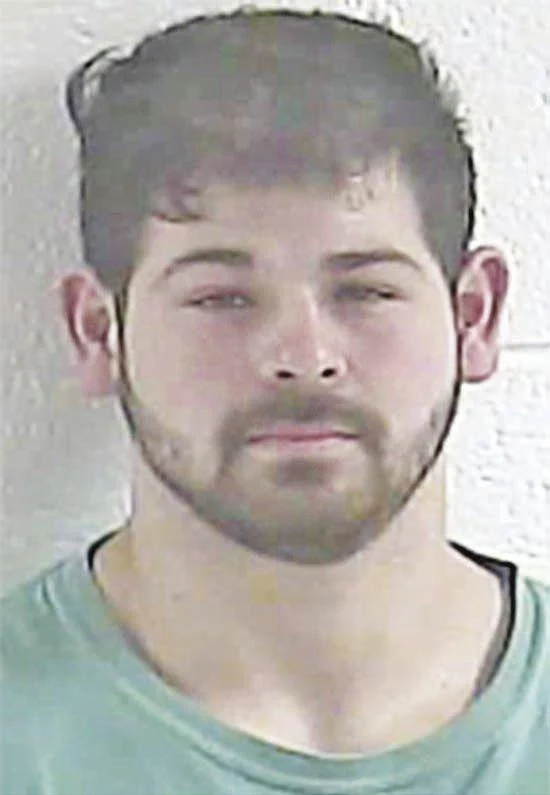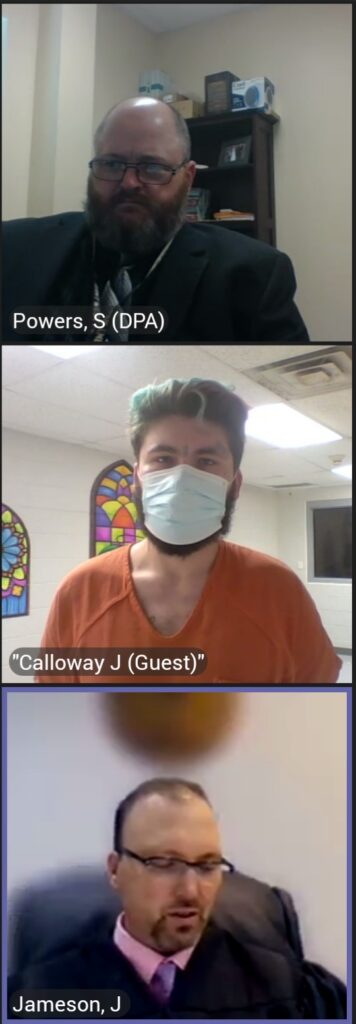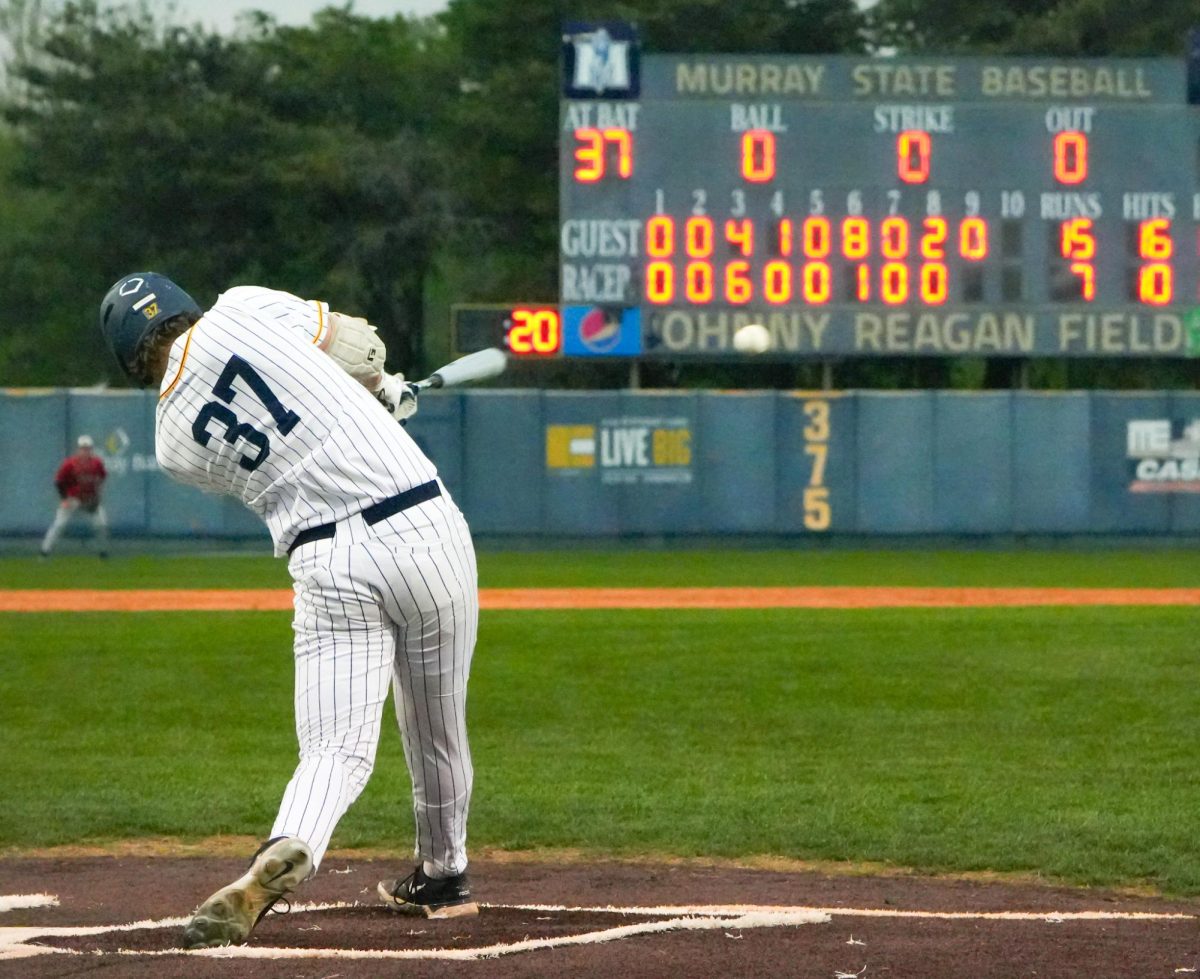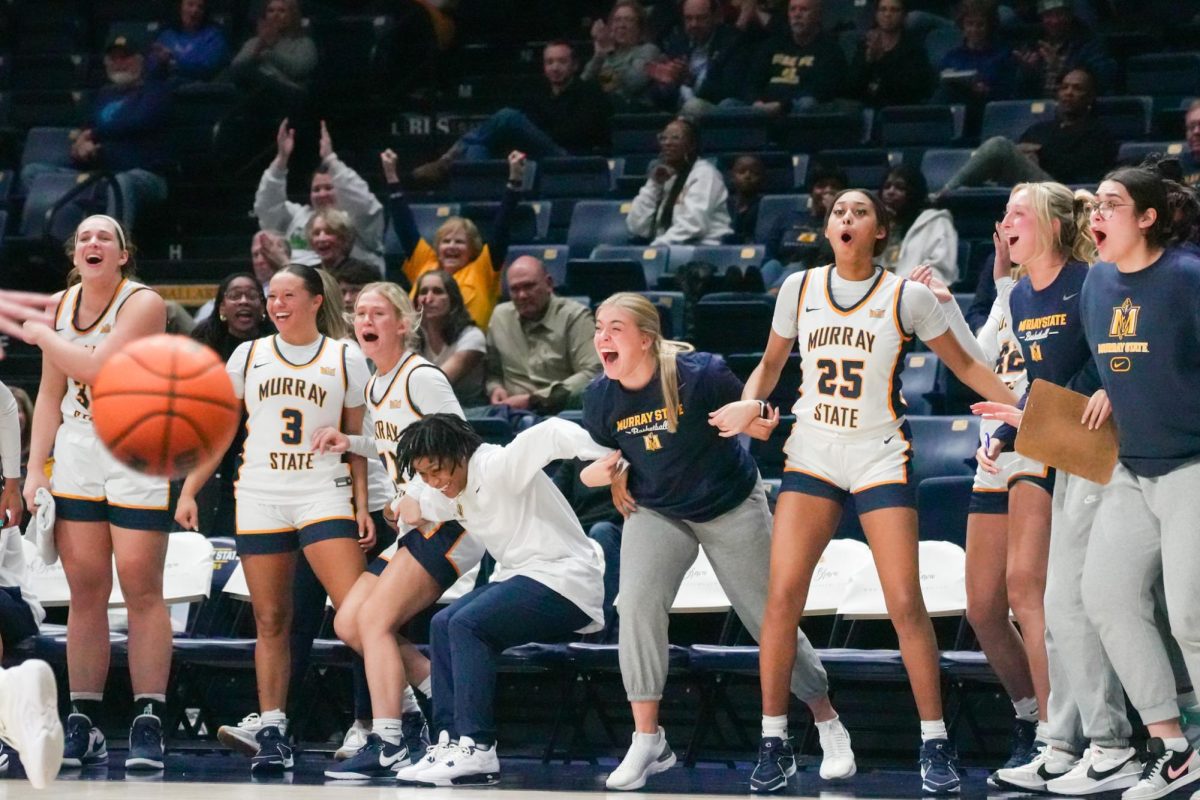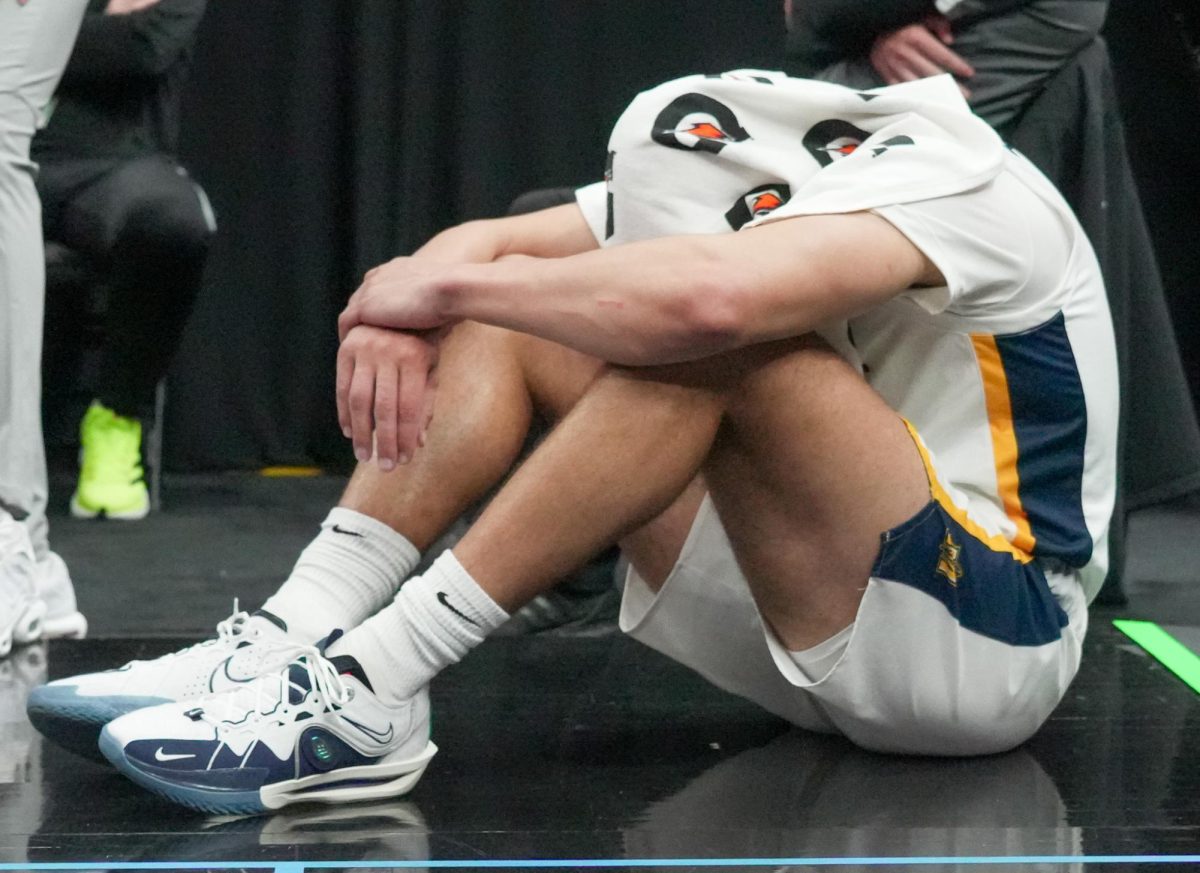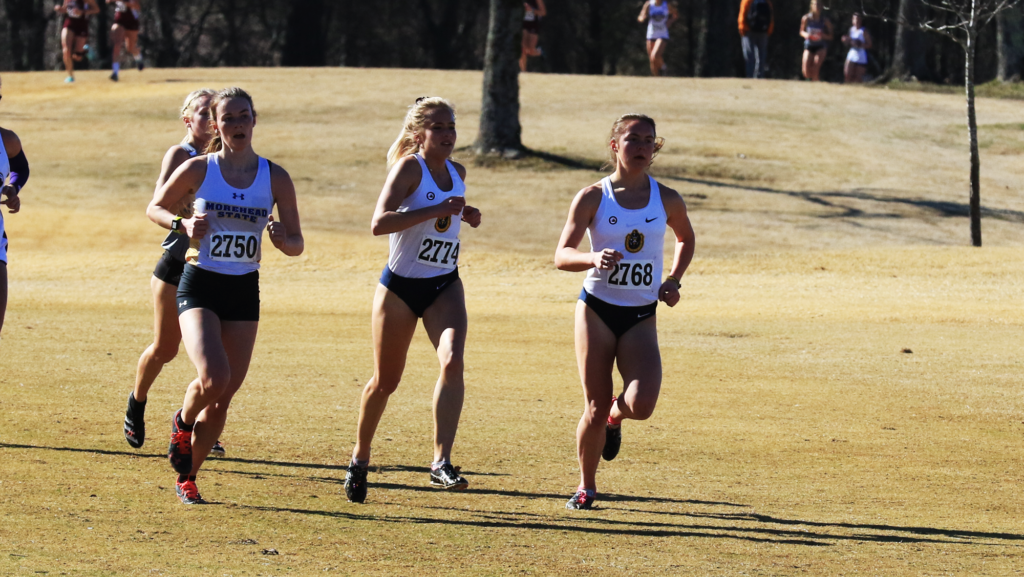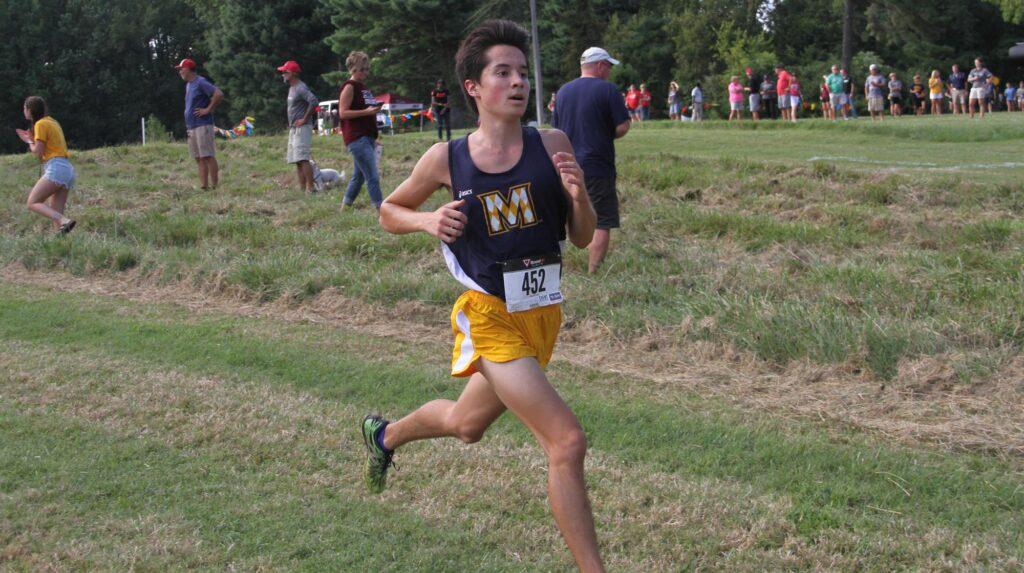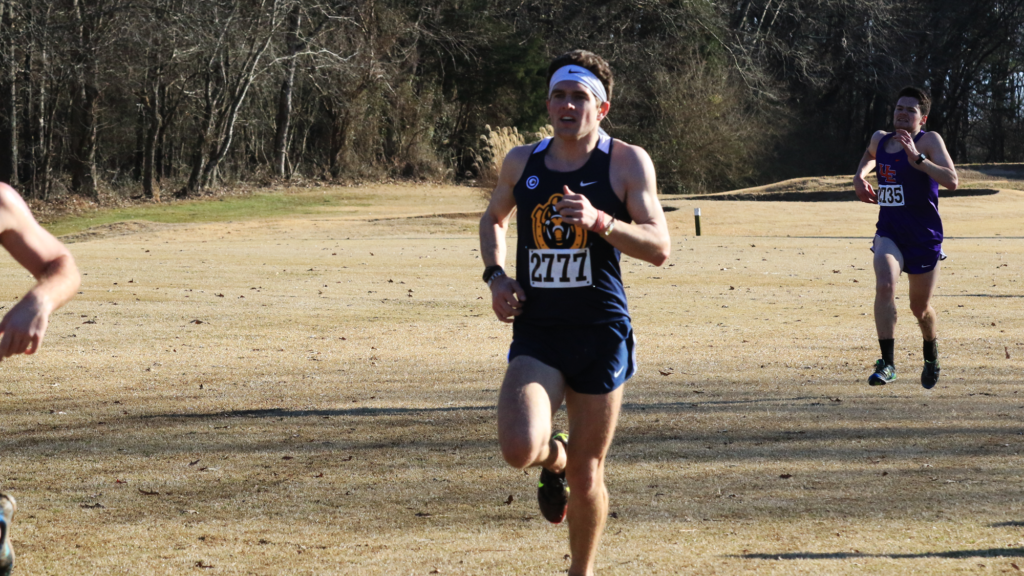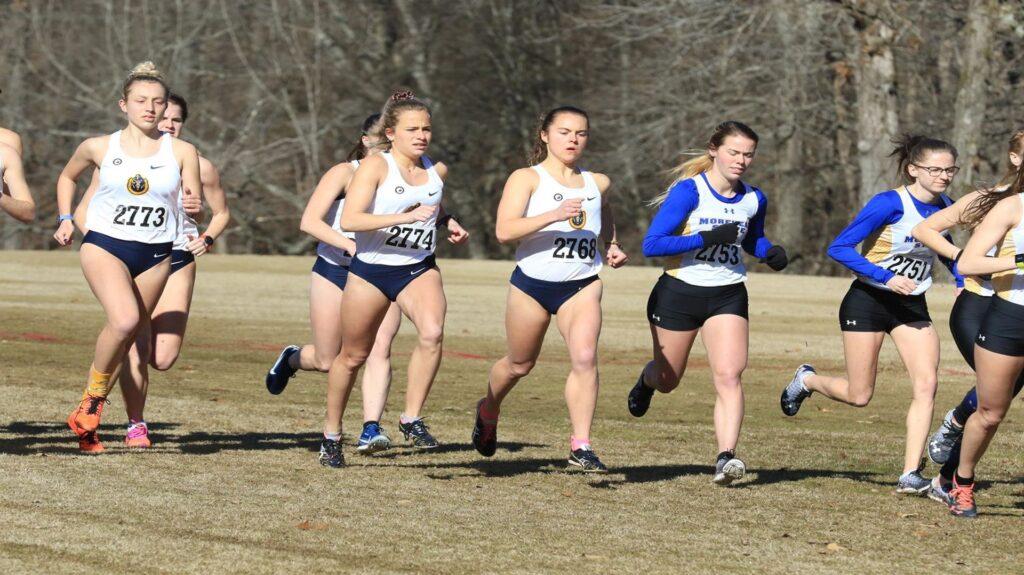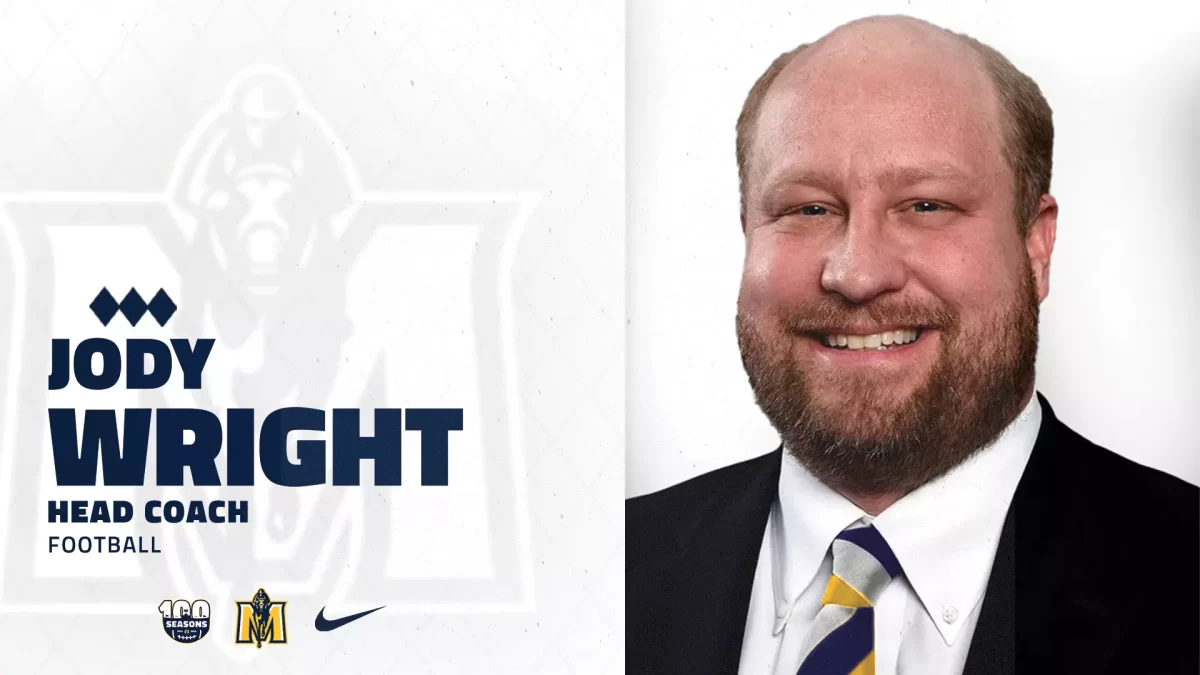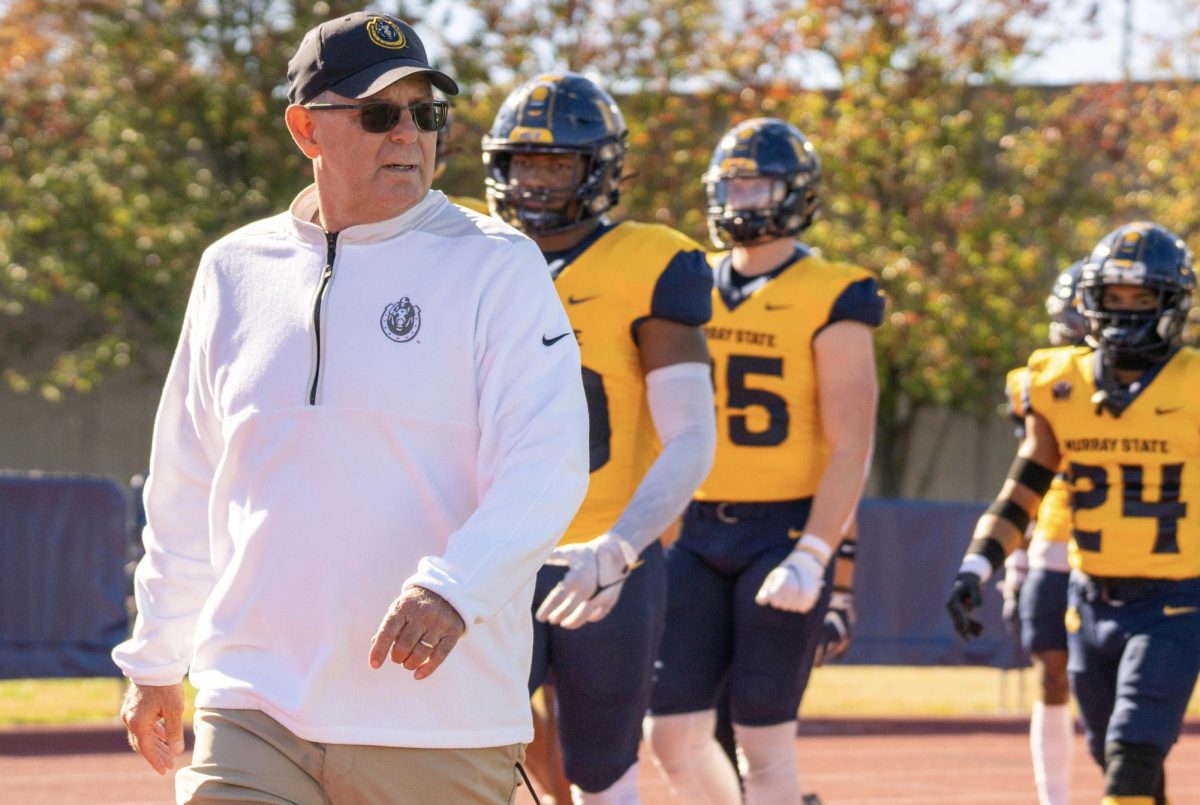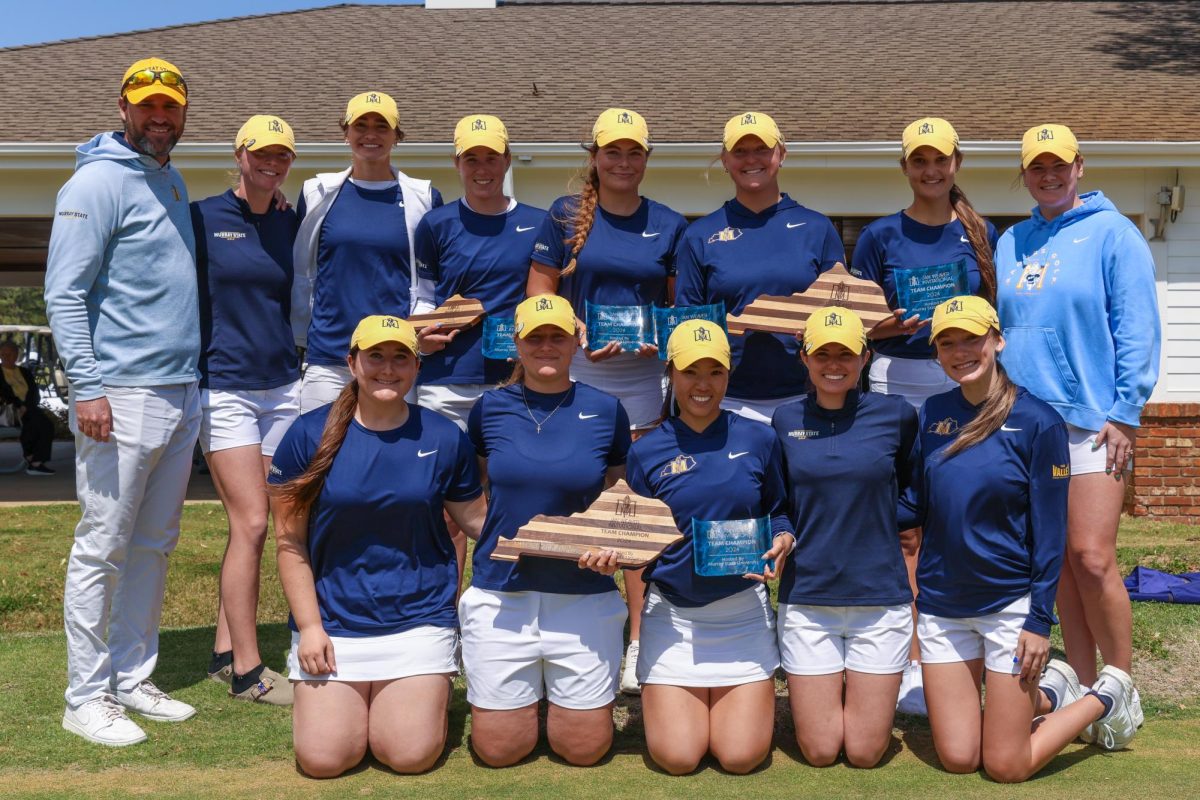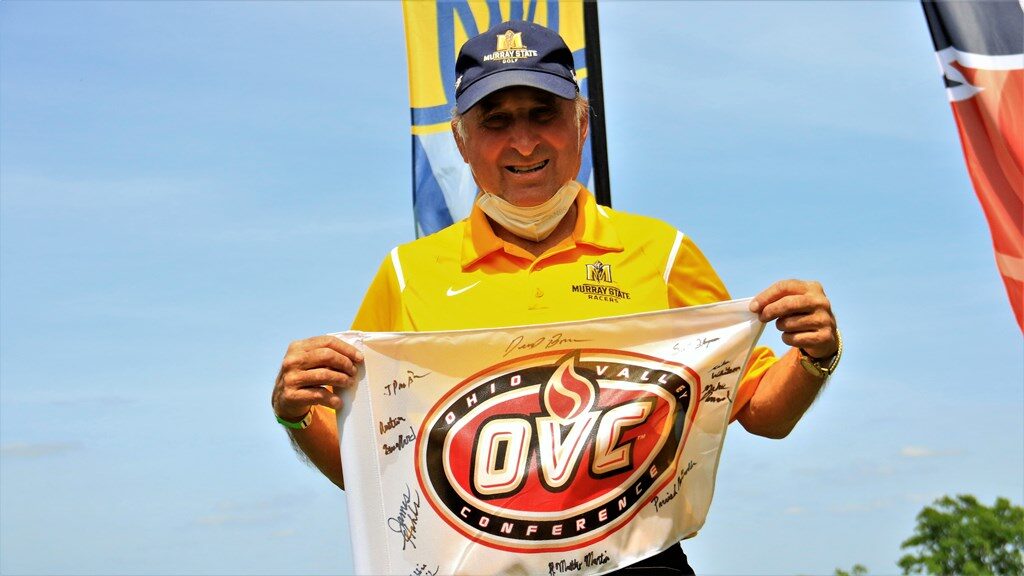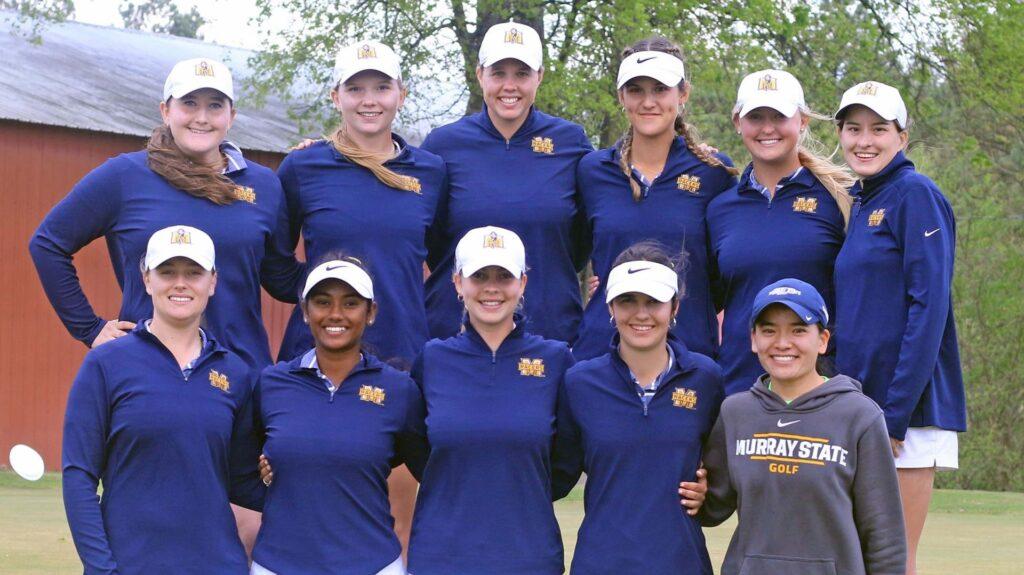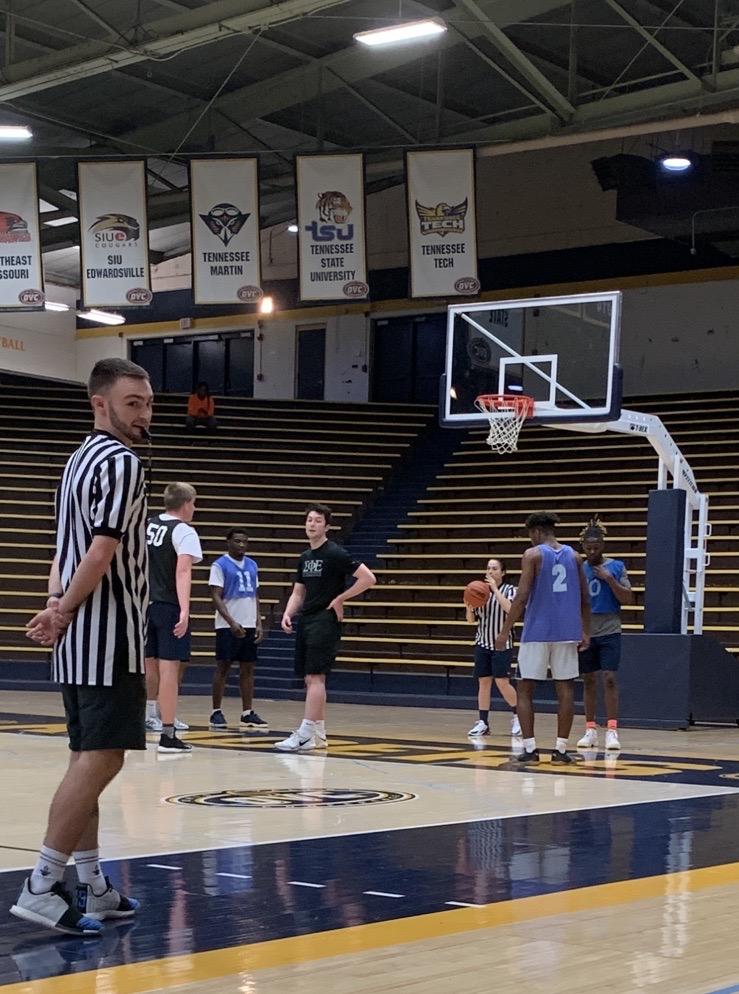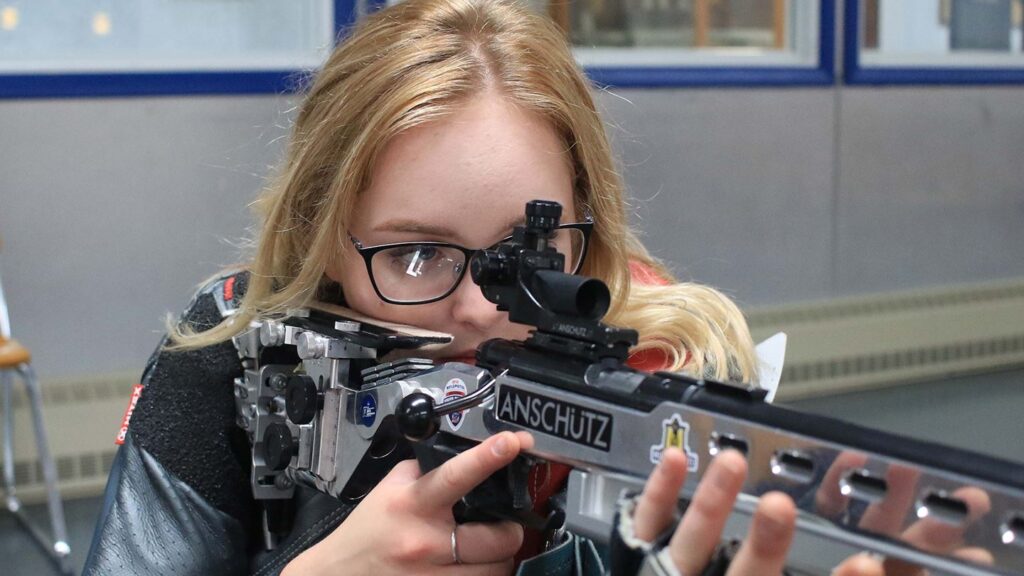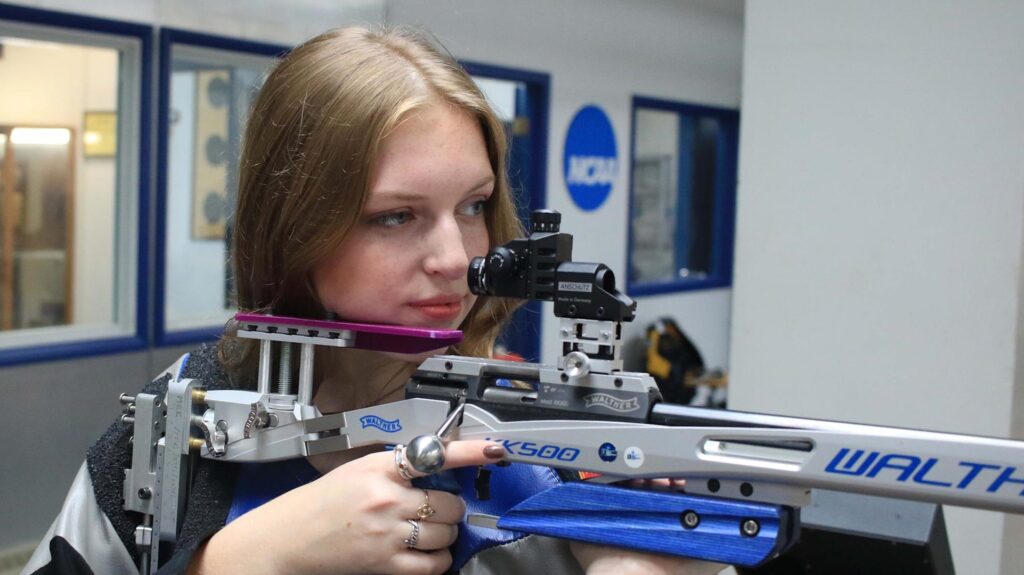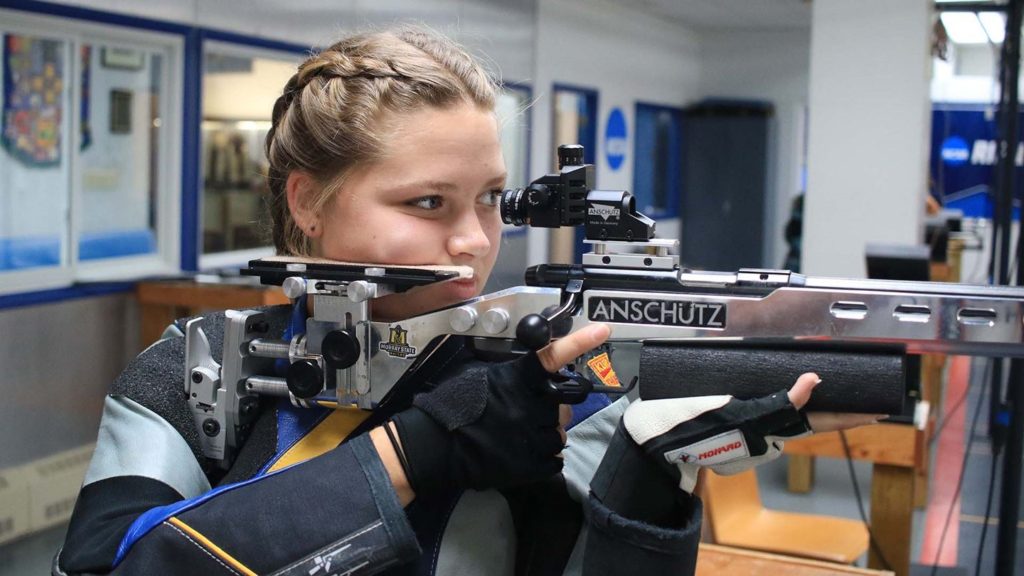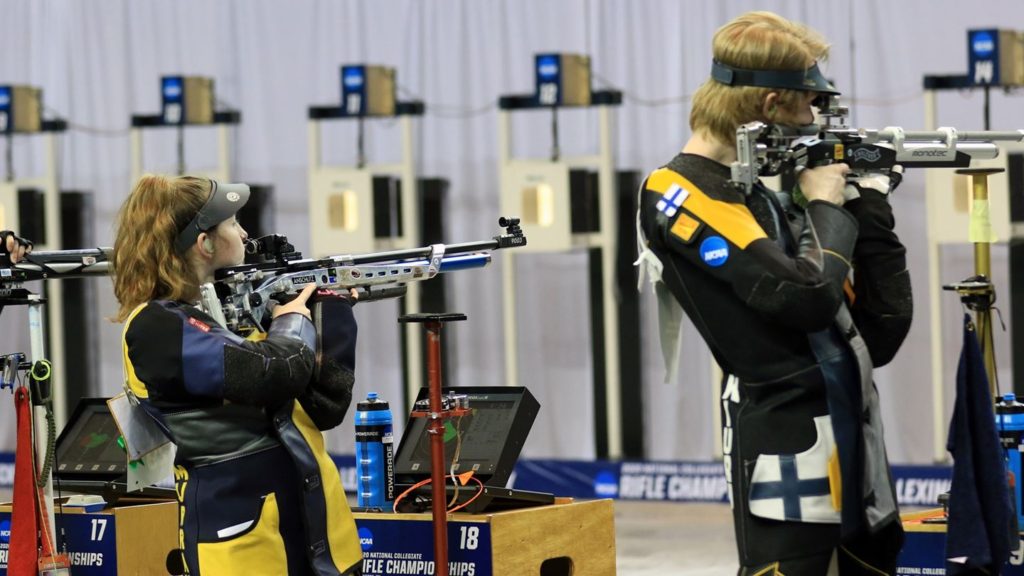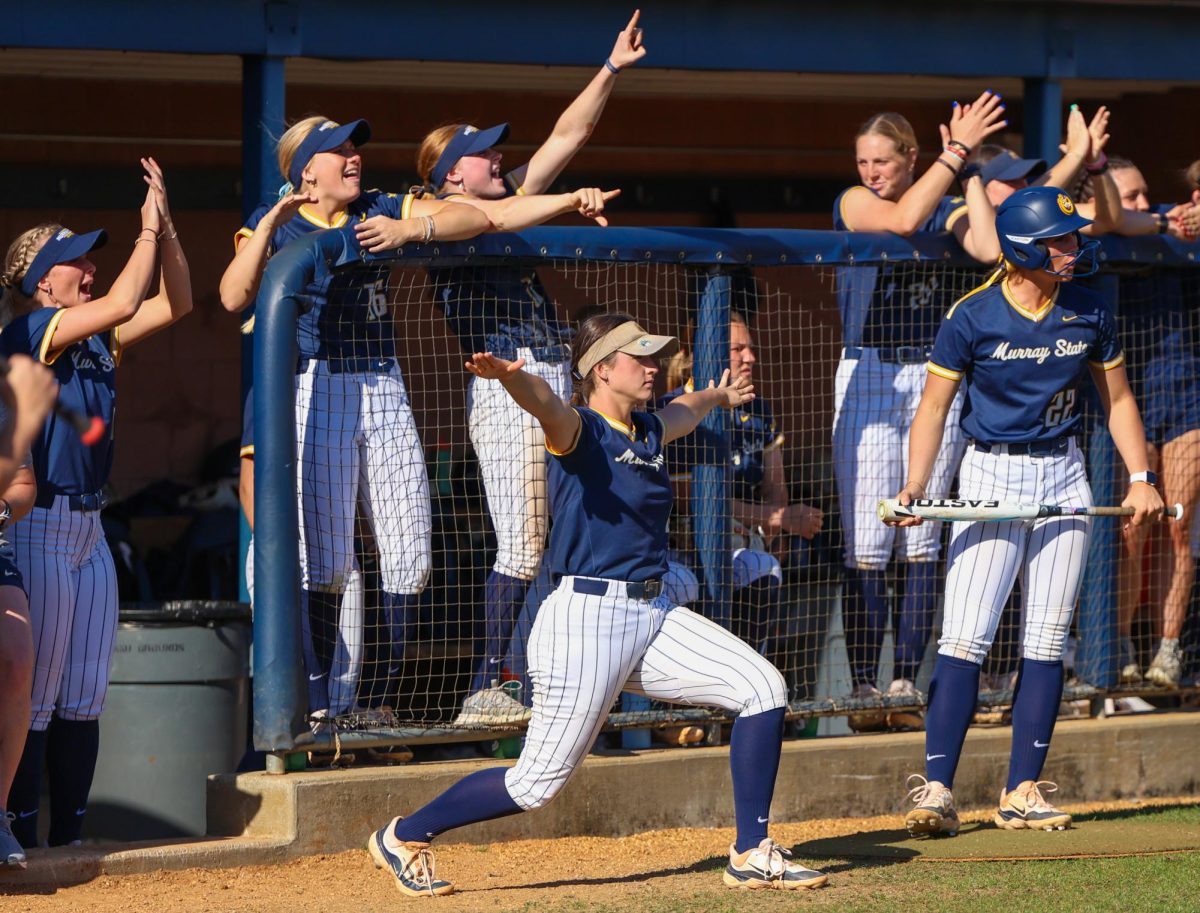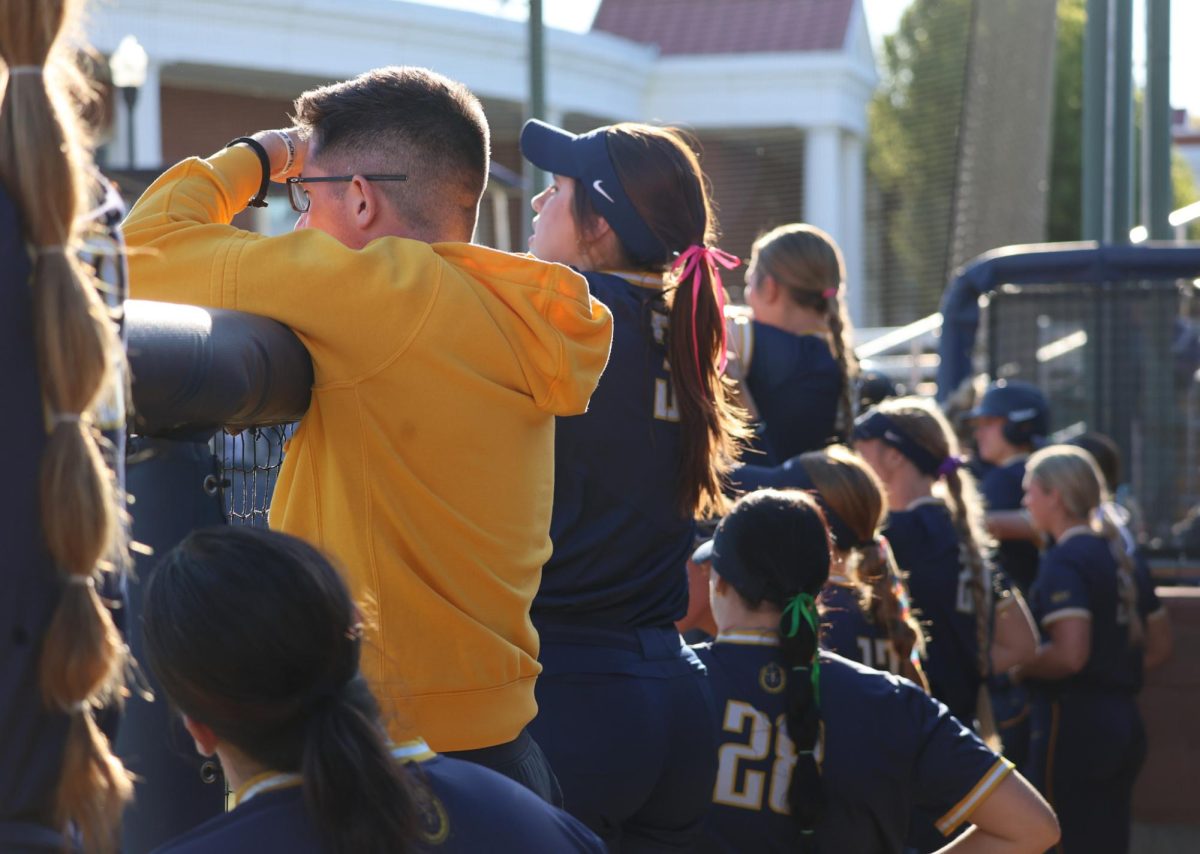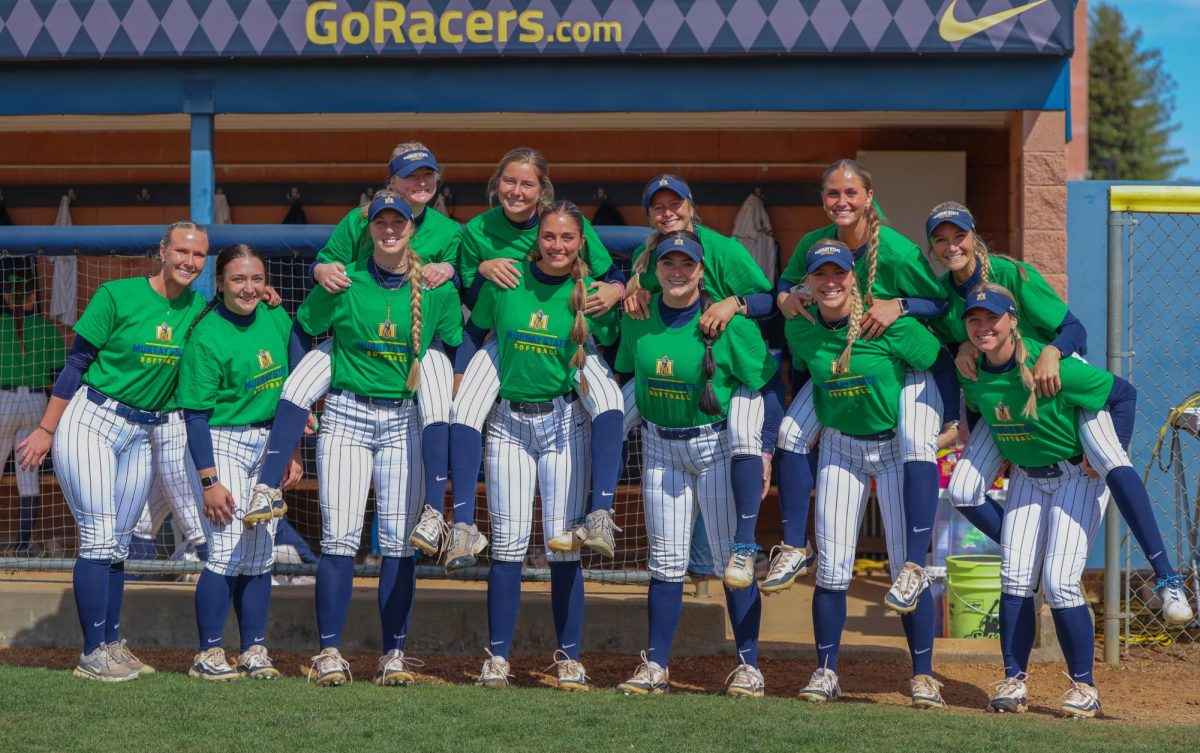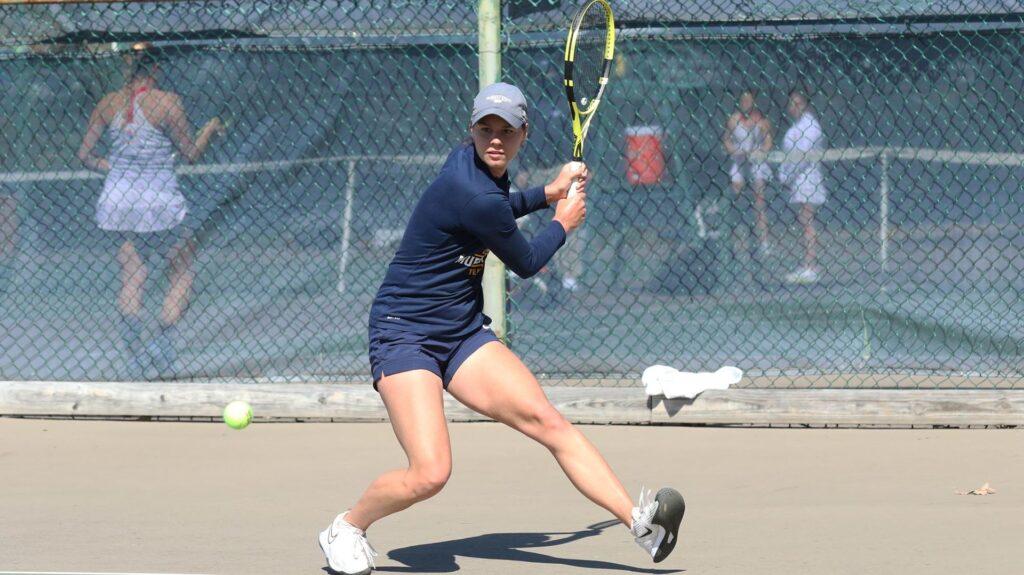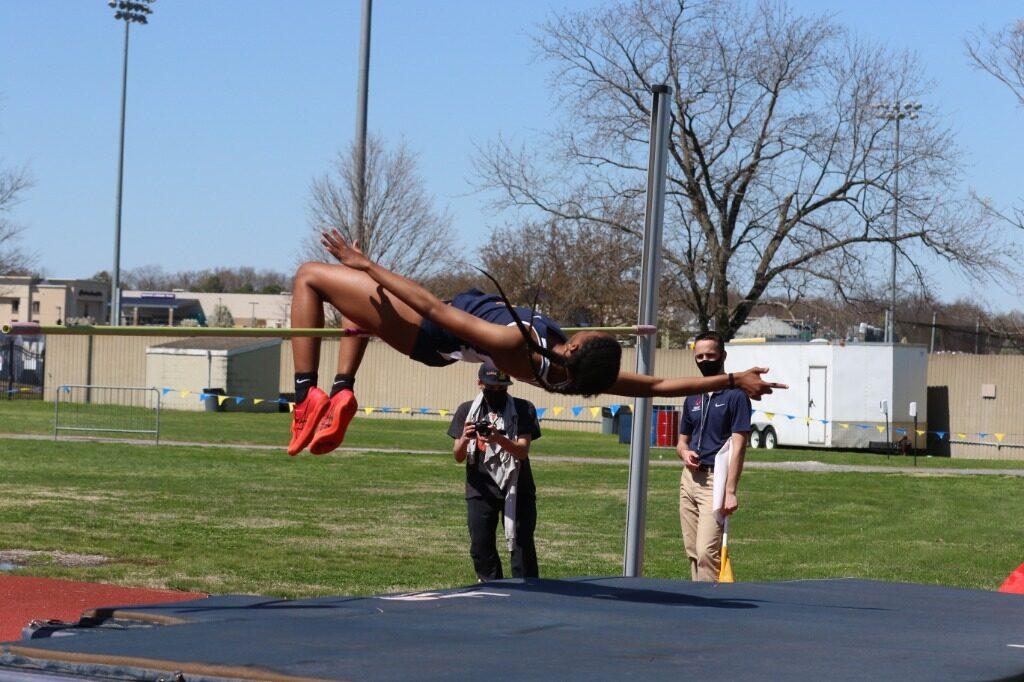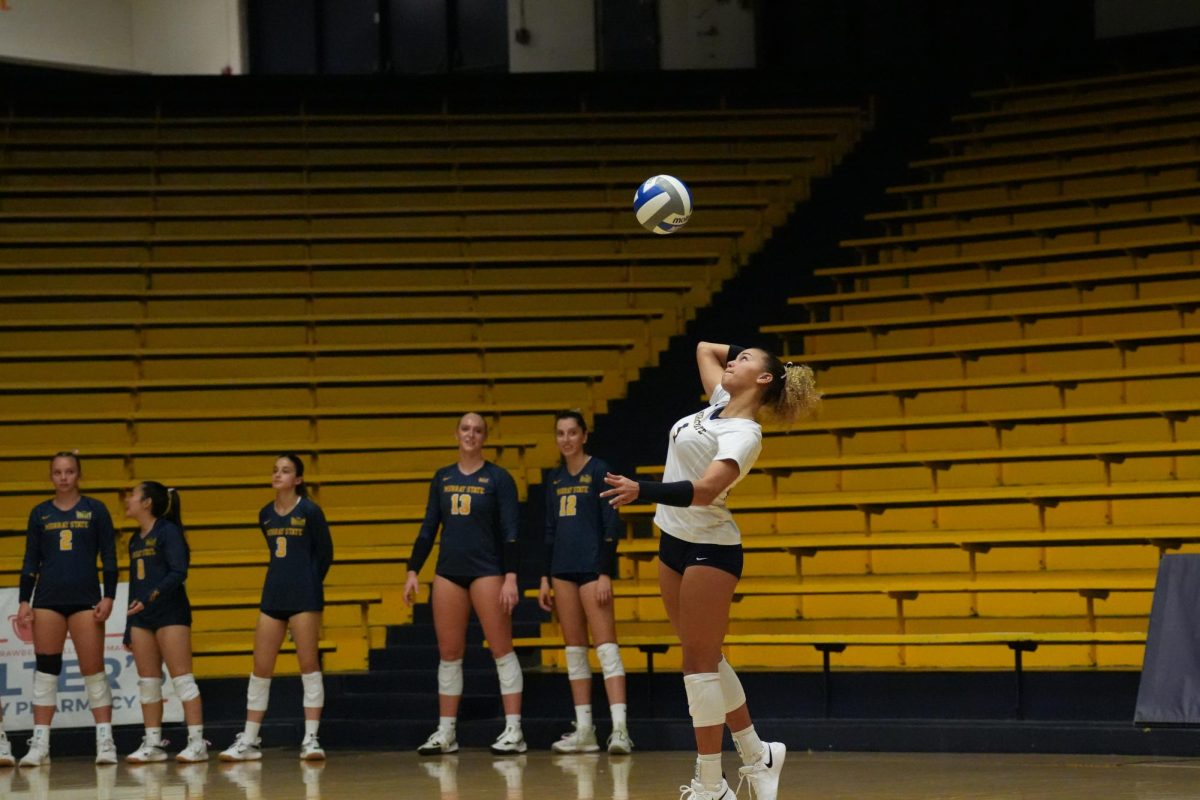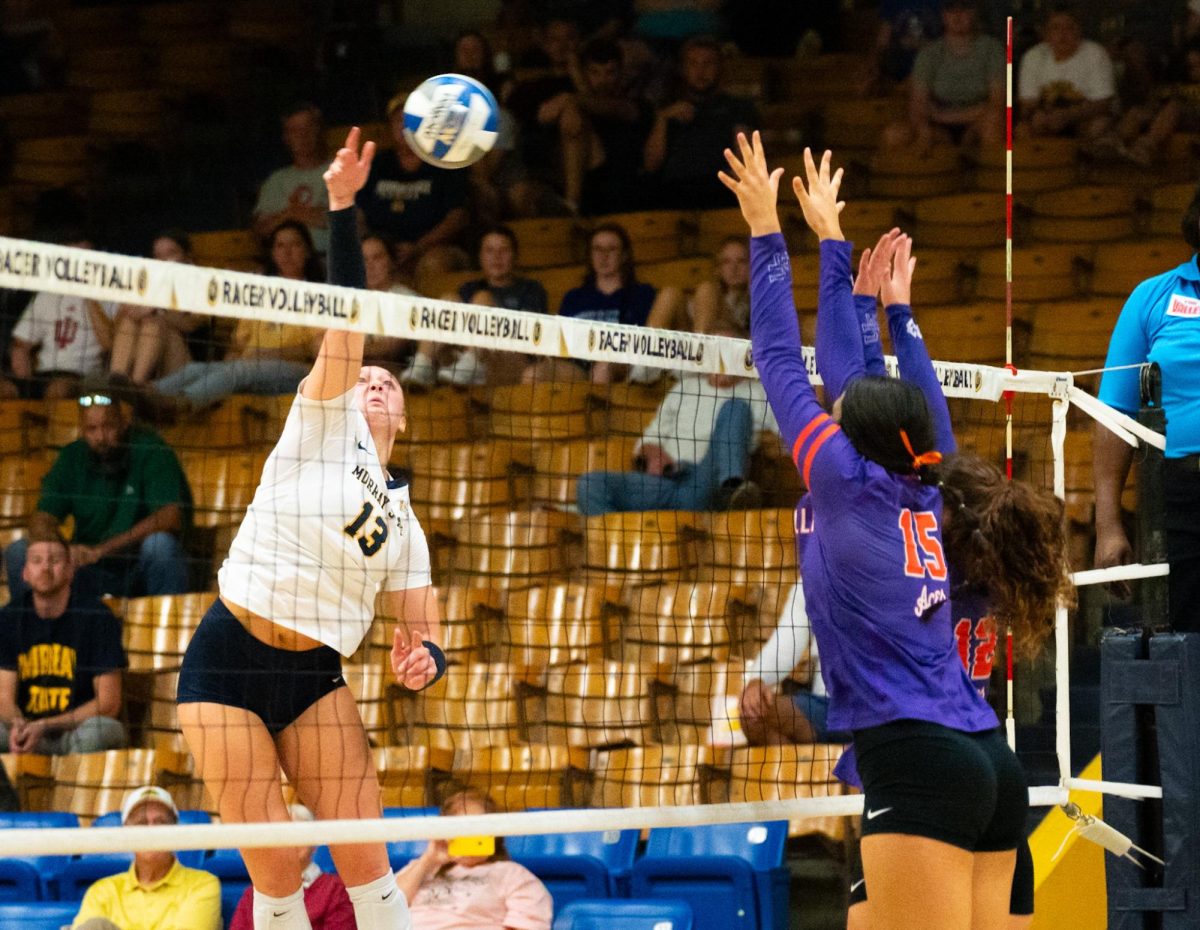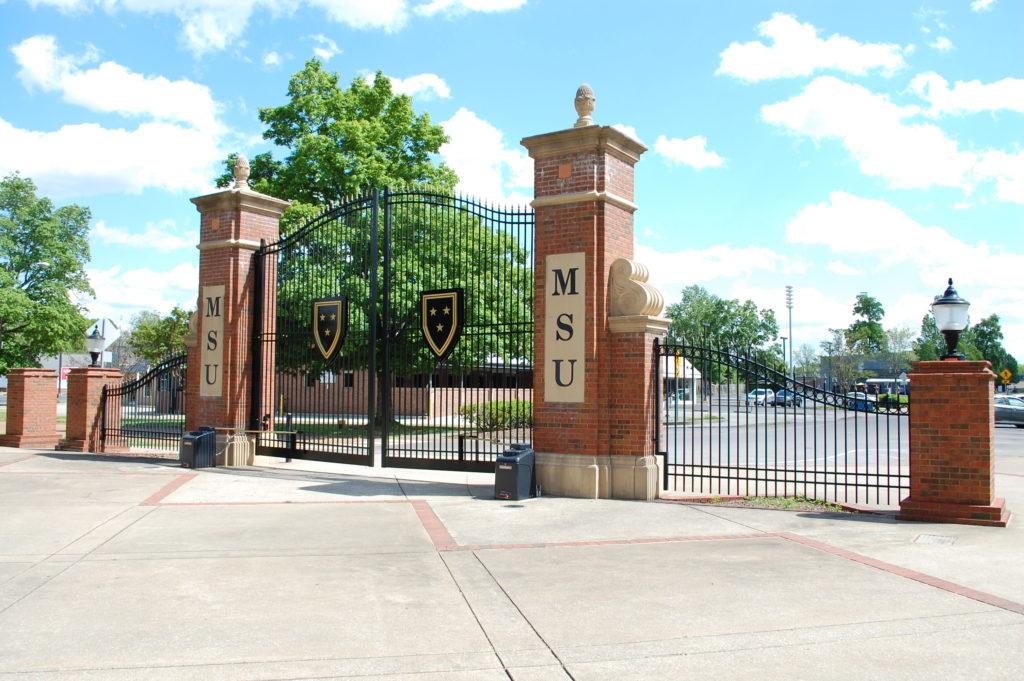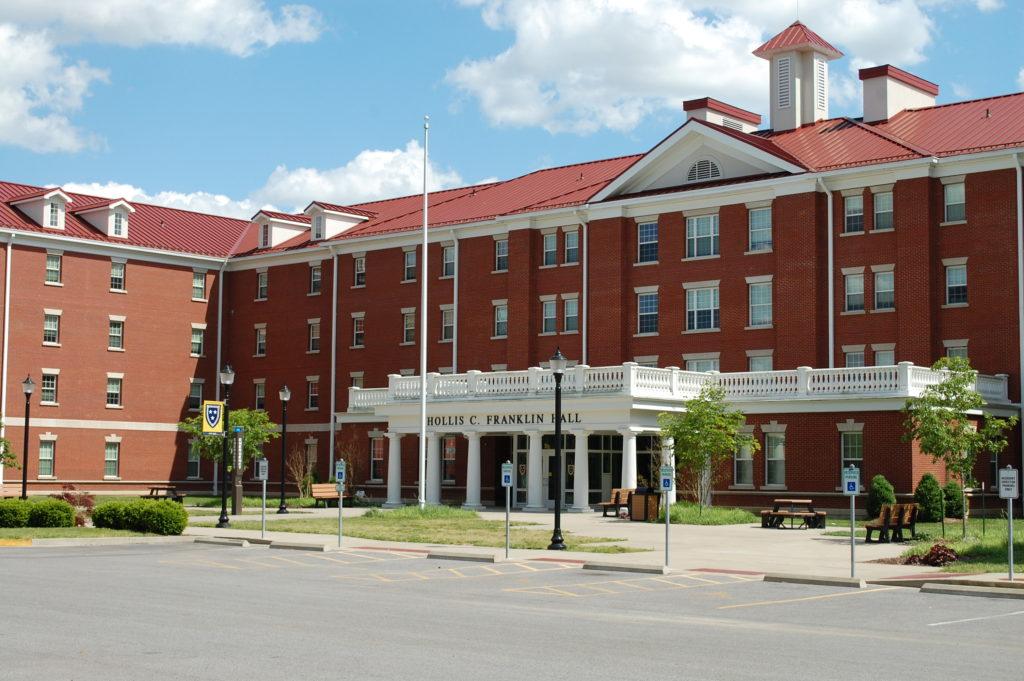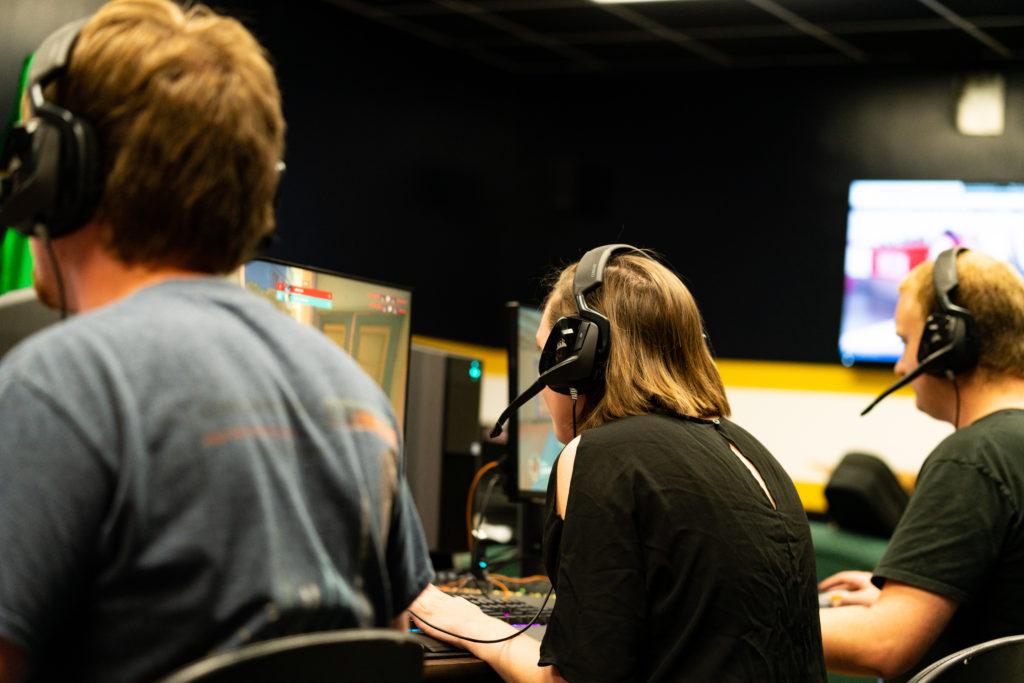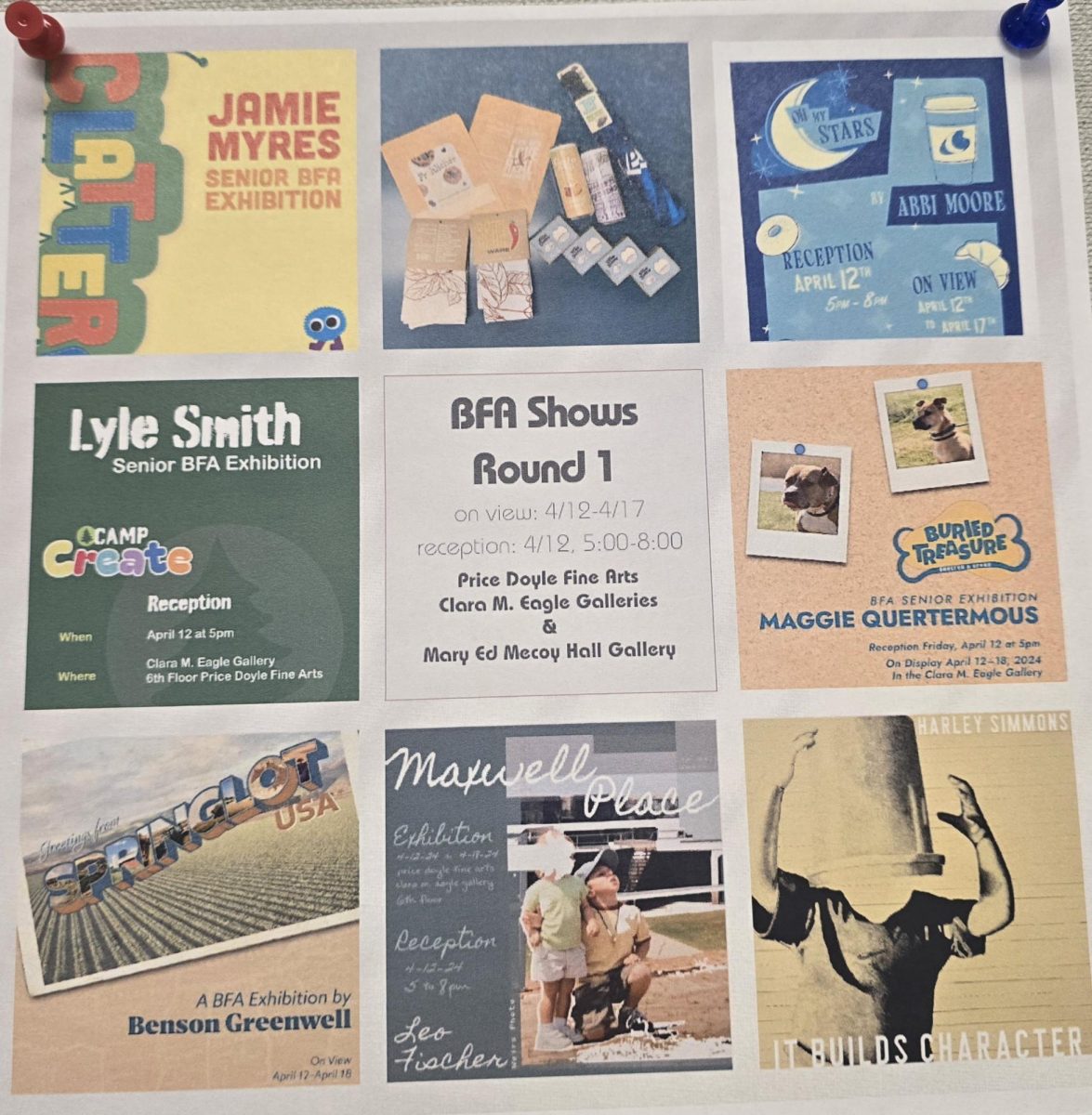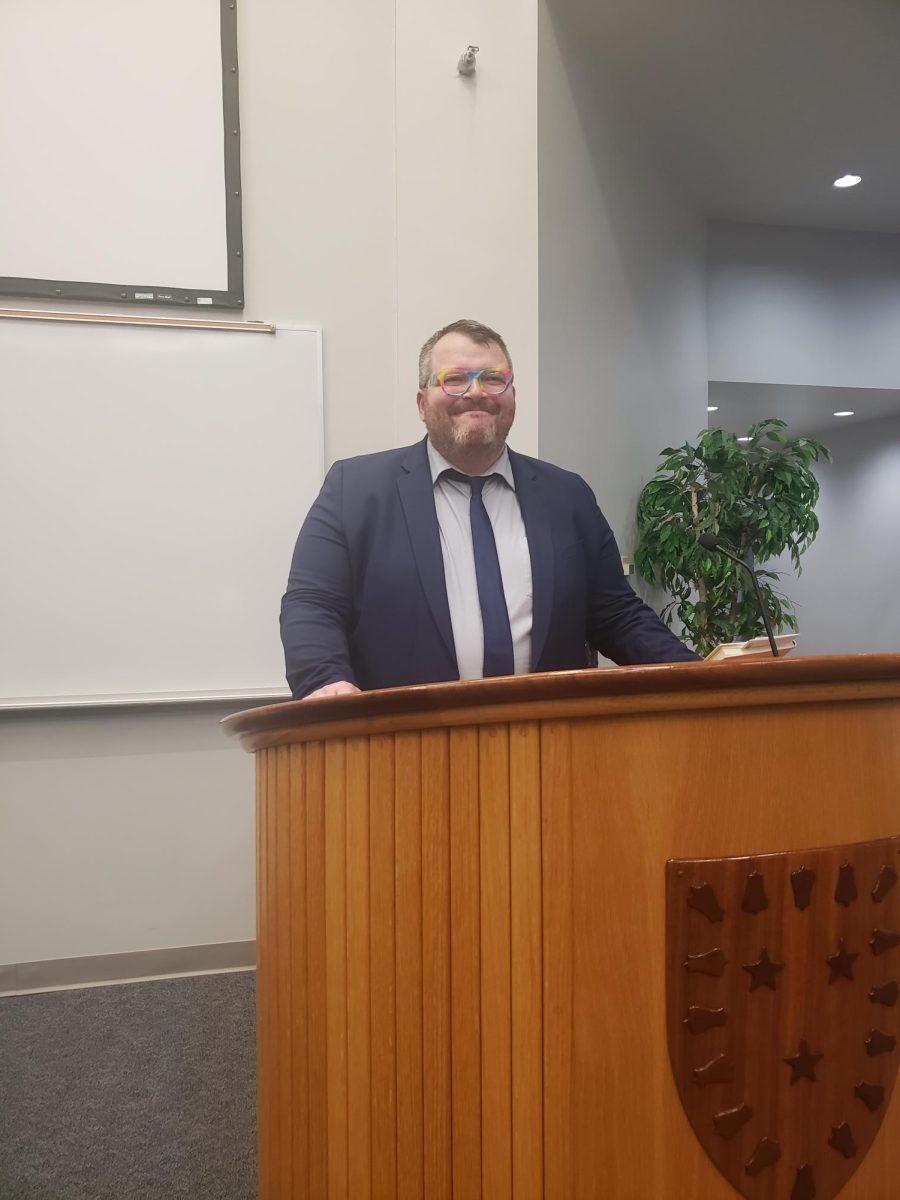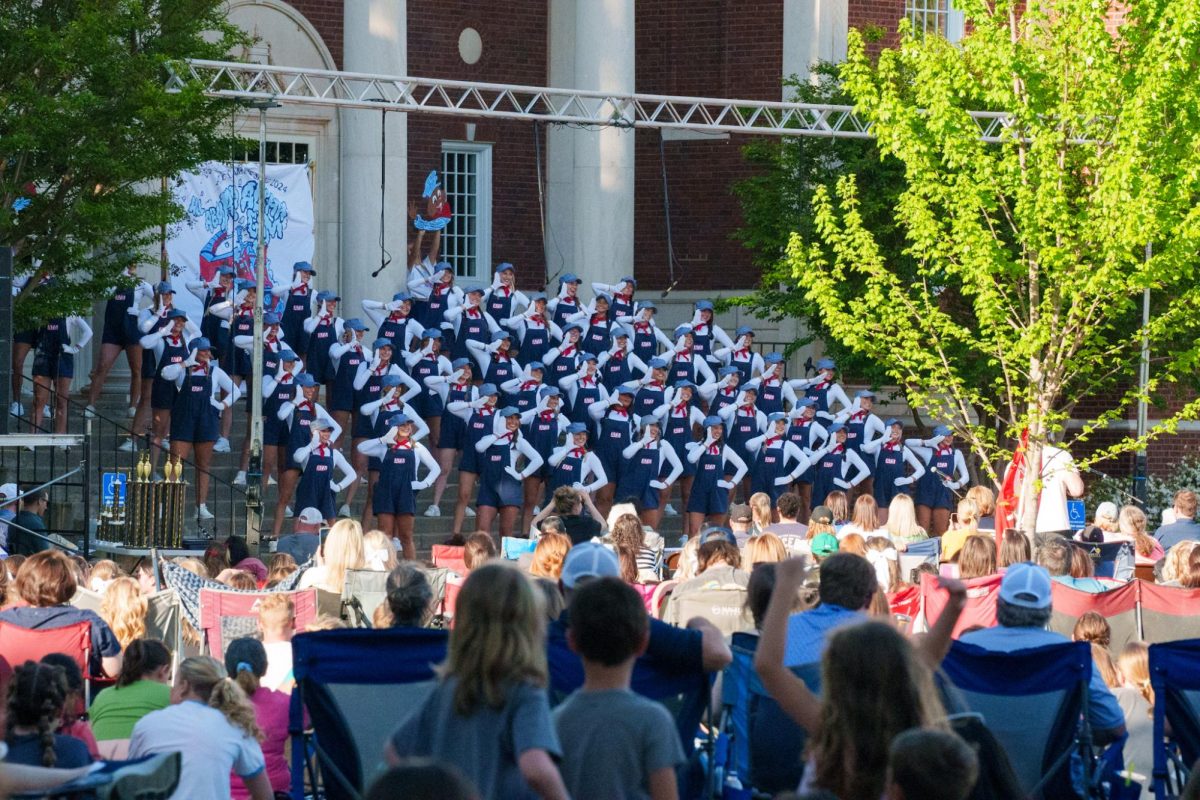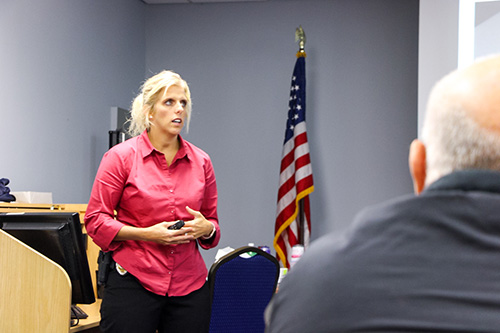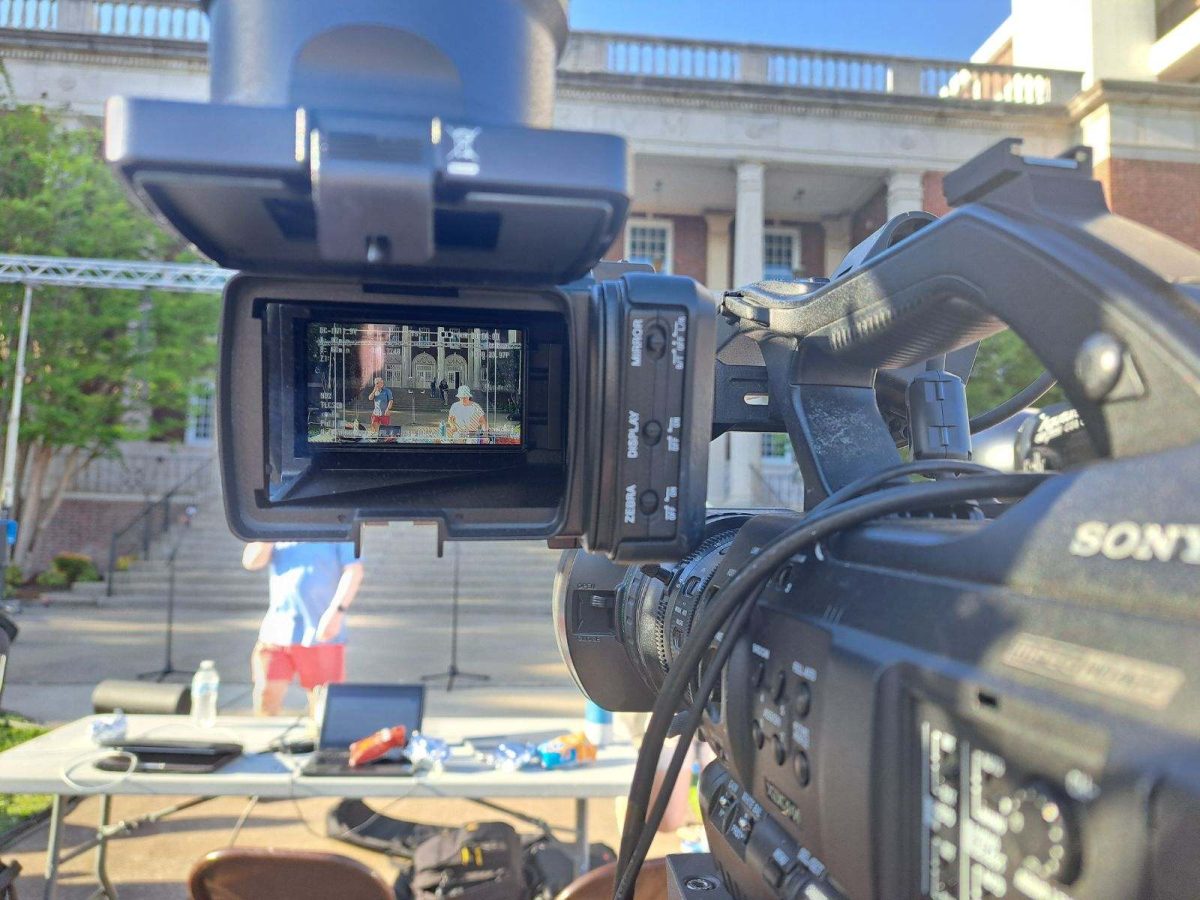Addison Watson
Staff Writer
Night four of the Murray Police Department’s Citizens Police Academy consisted of fluorescent dusting powder, black lights, yellow caution tape and fingerprint lifting on Oct. 28.
Crime Scene Investigator Angel Clere spent four years working as a patrol officer before she became a detective with the department. She taught this week’s class, covering investigating techniques, equipment and a case study.
Clere spent 10 weeks at the Kentucky Criminalistic Academy, which is a part of the Department of Criminal Justice Training in Richmond, Kentucky. As part of her training, she obtained certifications in blood splatter examination, crime scene photography, arson investigation, shooting reconstruction, latent print development and a variety of other fields.
Clere also spent a week at the University of Tennessee’s Anthropology Research Facility, the first of its kind to permit the systematic study of human decomposition. Human bodies are donated to the facility for study and used as a training environment for crime scene investigators like Clere.
Clere spends upwards of an entire day at a crime scene.
Initially, Clere is dispatched to a scene where a murder victim could lay dead, a rape could have occurred or any other number of crimes may have taken place.
It is Clere’s primary job to take the pieces she is dealt and turn them into a completed puzzle, or as complete as it can be.
“My job is putting the pieces of the puzzle together and getting justice out of it,” Clere said.
A lot more goes into a crime scene investigation than just finding evidence, making an assumption out of it and sending someone to prison.
There are many variables that can affect a crime scene. EMS may have thrown around furniture to tend to a victim, or firefighters may have broken down a wall in order to access a body. All of this has to be noted and taken into consideration when Clere begins an investigation.
When Clere first arrives, she does a “walk-around” of the scene noting any evidence she may find and marking it with a placard. She has to be careful not to bring additional evidence into the scene or take any evidence out. Each piece of evidence has to be photographed three separate times.
The first photograph is of just the evidence. The second photograph is the evidence with a measuring object for size reference next to it. The last photo is the second photograph duplicated with a numbering placard in the frame.
Clere said if she finds 100 pieces of evidence, she has 300 photos of just the evidence. This does not include photographs of the entire house, preliminary sketches of the house with the evidence noted on the sketch and any other photographs she feels may be beneficial to building a strong case.
Clere also emphasized the amount of documentation that has to be completed in order for an investigation to hold up in court.
When a case goes to trial, if documentation is out of line, the whole case can get thrown out and a suspect may walk away freely.
“I tell all of my officers working the case with me to document everything,” Clere said. “If you don’t document everything, it didn’t happen.”
Contrary to popular belief, most of an investigation is pieced together separate from the crime scene.
Clere continues her investigation by interviewing possible suspects, witnesses, obtaining search warrants, sending evidence off to a lab to be processed with greater detail, processing statements from all officers and bystanders involved in the case, as well as preparing the case as a whole.
Clere said the department made nearly 1,000 arrests, including misdemeanors and felonies in 2018. Only a small portion of those arrests requires a major investigation and a very small percentage of those that require the investigation make it to trial.
Sgt. Brant Shutt has assisted in many crime scene investigations over the course of his career.
“Out of 100 cases that we process and work, two of them may make it to trial,” Shutt said. “Most of them end in a plea deal.”
Clere does her best to work every crime scene the same way so she remains consistent. This also prevents her from missing a step when conducting her investigation.
“Work every scene the same way every time because you never know what will make it to trial,” Clere said.
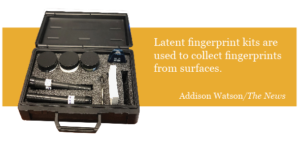
Clere also said investigating crime scenes has become more advanced over the course of her career. She has access to many tools that help her reach a conclusion. Some of her tools include fingerprint lifting kits, black lights to show bodily fluids, evidence collection kits, cameras and measuring tools.
However, not all cases that Clere works on include murder and blood splatter analysis.
“I have worked many cases where juveniles convince each other to send naked pictures of themselves,” Clere said. “Next thing you know the whole school has seen the picture and then someone is being bullied.”
Clere has done her job long enough that she knows how to manage her investigations so that they don’t travel with her after she clocks out.
“Now that I’ve done this for so long, it’s just a scene, it’s just another day,” Clere said.
An attendee asked Clere what the hardest cases to work are. She said cases that involve children or sexual assaults are especially difficult for her because she has a soft spot in her heart for them.
“Hearing children describe a situation is hard to listen to,” Clere said. “Children are pure and innocent.”
Clere mentioned Lotus, a local nonprofit center that assists her in many of her investigations. Lotus is Kentucky’s regional children’s advocacy and sexual violence resource center for southwest Kentucky, serving the survivors of child abuse and sexual assaults and their supportive family members. Lotus is fully funded by federal and state grants, as well as community donations.
Lotus’ headquarters is located in Paducah, but they have a regional office in Murray as well.
Clere encourages anyone in a position of need to reach out to Lotus for support. She said in a perfect world, when she retires from the police department, she would like to end her working career with Lotus.
A tour of the Calloway County Jail is scheduled for the next Citizens Police Academy on Nov. 4.


